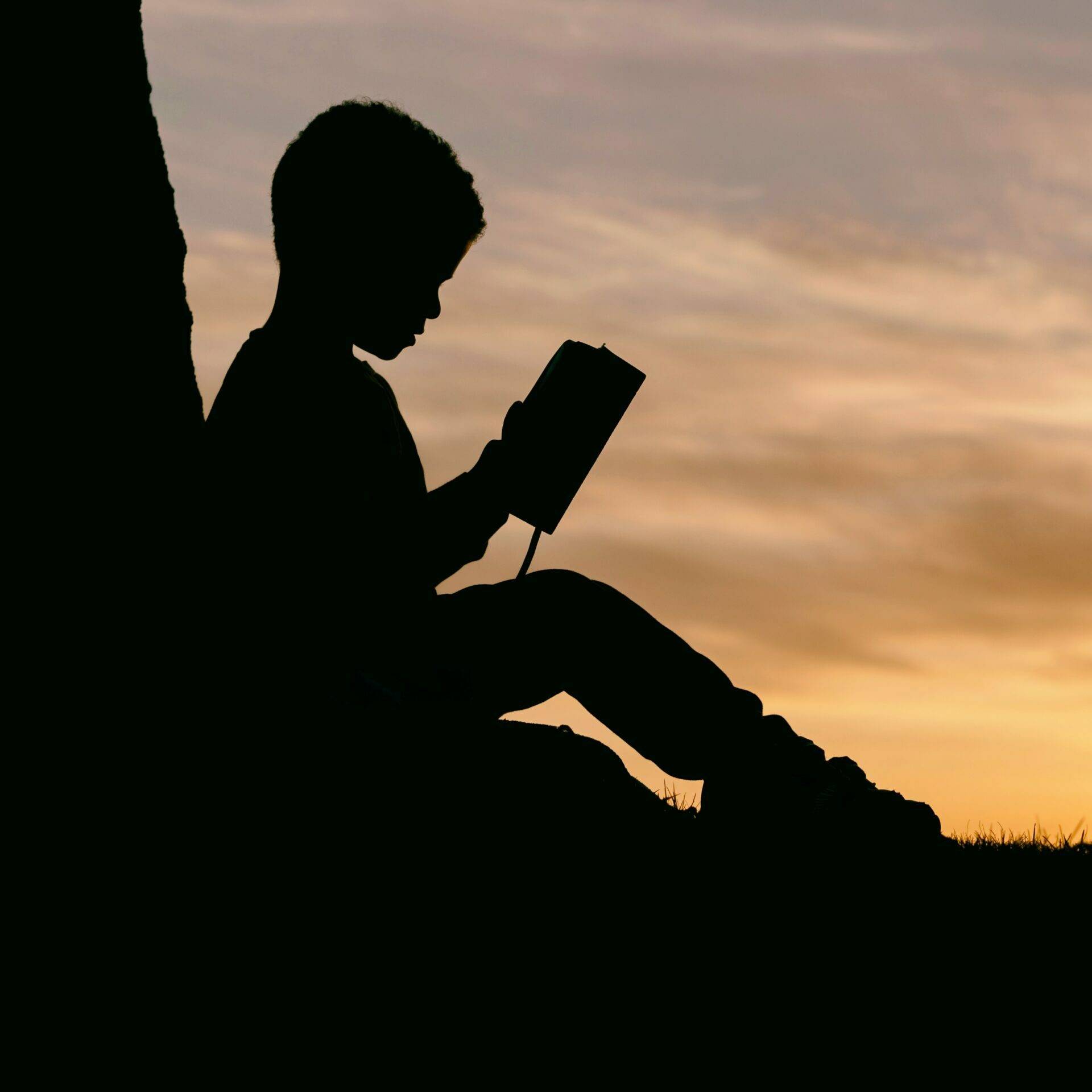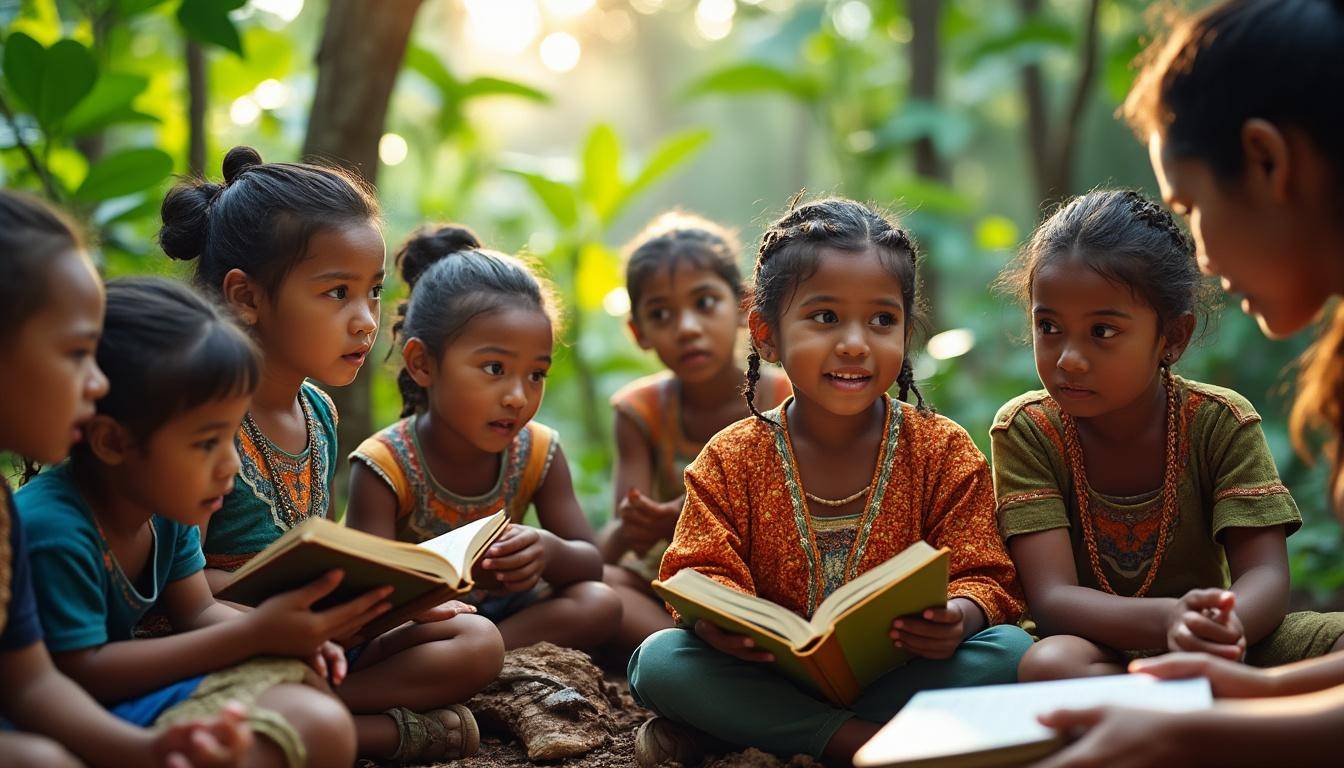The A’i Cofán children of Sinangoe in Ecuador face a persistent and profound challenge to their fundamental right to education. Despite a judicial ruling issued nearly a year ago condemning the Ecuadorian Ministry of Education and the Secretariat of Intercultural Bilingual Education and Ethnoeducation (SEIBE) for violating this right, no significant progress has been made. These children continue their learning journey under precarious conditions, demonstrating remarkable resilience as they demand dignified educational environments that respect their culture and identity. Their story highlights systemic challenges impacting indigenous education and underscores the urgent need for equitable access to quality schooling nationwide.
Judicial Landmark in the Fight for Indigenous Education Rights
In July 2024, a historic ruling by Judge José Sacancela in Lumbaqui recognized that the Ministry of Education and SEIBE had infringed upon multiple constitutional rights of 59 A’i Cofán children, including:
- The right to education
- The right to non-discrimination
- The right to dignity and cultural diversity
- The right to free self-determination
This ruling mandated the construction of a culturally appropriate school in Sinangoe within 60 days, along with pedagogical adjustments developed collaboratively with the community. The order also demanded public apologies and community recognition of the children’s struggle. However, these essential measures have yet to be realized, leaving the community without adequate learning facilities almost a year later. Such judicial decisions reflect the increasing global emphasis on indigenous rights and the recognition of educational disparities, a concern paralleling efforts found in blended learning debates such as those discussed in blending traditional and digital education.
Endurance Amidst Educational Hardship
Since the collapse of their school building six years ago due to river damage, Sinangoe’s children have adapted to learning in unsuitable spaces like makeshift communal houses and open sports pavilions. These precarious settings expose students to cold rain and intense heat, impairing their ability to focus and engage effectively. Melany Mayli Guaramag Hernández, a 12-year-old plaintiff, vividly recounts these hardships, emphasizing the urgent need for a proper school. The situation reveals the systemic neglect that indigenous youth face, underscoring the importance of a holistic approach to education that aligns with their cultural identity, much like innovative initiatives profiled in revolutionary education programs worldwide.
- Exposure to adverse weather conditions during classes
- Lack of adequate infrastructure such as classrooms and study materials
- Increased difficulty in preserving indigenous traditions through education without cultural spaces
- Community-led proposals for tailored educational environments remain unaddressed
Governmental Resistance and Non-Compliance Impede Progress
Rather than complying with the court’s orders, the Ministry of Education appealed the ruling, denying any violation of rights and dismissing the lawsuit as an inappropriate path for public infrastructure demands. This tactic significantly delayed remedial action, while the children’s education suffered ongoing disruptions. Meanwhile, the District Directorate’s partial commitments for delivering supplies were hampered by bureaucratic conditions shifting responsibility unfairly onto families and teachers.
Legal advocate Francis Andrade articulated the essential framework for upholding the children’s rights, highlighting the constitutional imperative for special and reinforced protection due to their indigenous status and vulnerability. Such protection is critical when examining structural discrimination alongside educational inequality, themes deeply connected to the need for parental and community engagement in children’s education today.
- The Ministry’s appeal claimed absence of rights violations
- Lack of adherence to deadlines to commence school construction
- Refusal to provide transportation for educational materials
- Disregard of intercultural consultation commitments with indigenous authorities
Judicial Reaffirmation and Calls for Action
In April 2025, the Provincial Court of Sucumbíos reaffirmed the earlier ruling, dismissing the Ministry’s excuses of funding and coordination issues. It acknowledged that this ongoing neglect amounts to structural discrimination, and insists on urgent governmental fulfillment of mandated educational infrastructure. The envisioned facilities include:
- Five classrooms tailored for cultural and pedagogical needs
- A covered playground and dining facilities
- Spaces for traditional medicine and craft workshops such as weaving, carpentry, and ceramics
- Basic infrastructure: electricity, water, bathrooms, and computer lab
- Outdoor traditional garden and secure fencing around the site
Despite these clear judicial directives, construction has not yet started, challenging international commitments to indigenous education rights and calling attention to how education systems may fail vulnerable populations, a contrast to emerging technology-enhanced education trends discussed in e-learning revolutions and the potential of artificial intelligence in education.
Community Resilience and the Quest for Educational Justice
The A’i Cofán children and their community remain steadfast in their pursuit of educational equity. They have raised their voices through legal channels, public demonstrations, and international appeals. Their resilience offers several learning points for educators, policymakers, and advocates worldwide:
- Community engagement is vital to designing culturally relevant educational models;
- Legal action can be a powerful tool to claim and defend educational rights;
- Government accountability must be enforced to transform promises into realities;
- Support from international allies and organizations strengthens indigenous communities’ capacities;
- Intersection of traditional knowledge and modern education enriches learning experiences and outcomes.
This narrative reminds us how children, despite systemic hardships, embody hope and determination. Their journey parallels broader efforts to bridge heritage and contemporary learning methods, as addressed in resources encouraging interactive education through apps, such as educational apps for engagement. Likewise, ensuring children’s well-being remains essential, linking to balanced approaches highlighted in education and well-being frameworks.


